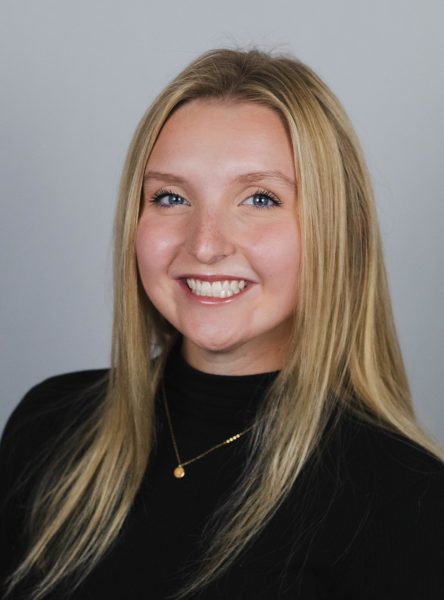Diversity Common Reader to be handed out Friday
On Friday Jan. 23 students can pick up a free copy of “Braiding Sweetgrass,” by Robin Wall Kimmerer, Ph.D., this year’s Diversity Common Reader book. Over 200 copies will be offered to students on a first-come, first-serve basis outside the Multicultural Educational and Resource Center in Hedgcock in preparation for Kimmerer’s visit to campus in late March.
The Diversity Common Reader committee begins each fall semester by soliciting book suggestions from faculty and considering criteria like readability, appeal to students and what diversity issues are addressed in each book.
Kimmerer teaches in the State University of New York College of Environmental Science and Forestry and is a member of the Citizen Potawatomi Nation in Oklahoma.
She also authored the book “Gathering Moss” in 2003.
Susan Morgan, assistant director of International Programs at NMU, served as chair of the Diversity Common Reader’s steering committee last semester and found “Braiding Sweetgrass” to be relevant to both students and the broader community.
“This is a way to introduce some ideas from indigenous traditions that students otherwise may not get a chance to and to understand how to break down stereotypes,” Morgan said. “The president’s committee has felt that intentional knowledge about the Native community that we are here living in the middle of is something that if you don’t make purposeful attempts on your own, then it’s pretty easy to stay on campus and never understand the rich cultural traditions that are all around you.”
Morgan thinks “Braiding Sweetgrass” will appeal to a wide range of students, including those interested in Native American studies, ecology, environmental studies, hunters and fishers, the “locavore” movement or sustainable food practices broadly and anyone interested in “ways of knowing,” which aren’t always addressed in academic settings.
“What we love about this book is that it brings Western science and indigenous knowledge together,” Morgan said. “[Kimmerer] talks very eloquently about how those two traditions can come together and benefit plant life, animal life and the life of the planet. She’s inviting you to consider this perspective and it’s a very personal read.”
Morgan read “Braiding Sweetgrass” while hunting in November and mentioned that she left the forest every day with a greater sense of gratitude for what it provides.
Aimee Cree-Dunn, a professor in the Center for Native American Studies, used “Braiding Sweetgrass” in her summer class Kinomaage, or “Earth shows us the way.”
Kinomaage focuses on Great Lakes botany and teaches students how to gather local foods and medicines from the forest.
“I had people saying ‘This is my favorite book ever,” Cree-Dunn said. “She gives so much information about plants, but also from a traditional Anishinaabe perspective, specifically Potawatomi. It’s imparting an entire way of looking at the world that’s different from Western science and I would say Western culture as a whole.”
Ana Lucia Fernandez, an environmental studies and Native American studies student, took Kinomaage and fell in love with “Braiding Sweetgrass.”
Fernandez said Kimmerer reminded her of Aldo Leopold, a famous naturalist who helped make ecology accessible to the masses.
“What I took from [‘Braiding Sweetgrass’] is that we have responsibilities to other beings on this planet,” Fernandez said. “This includes the people around us, the plants around us, the soil around us, the water around us, because we’re all interrelated with creation.
“She writes in a way that’s extremely touching. It’s more about storytelling than just giving us the facts.”
Fernandez, who plans to work with sustainable food systems after college, said she will always carry the lessons she learned from “Braiding Sweetgrass” with her, both professionally and personally.
Cree-Dunn also mentioned the impact Kimmerer’s chapter “Collateral Damage” had on her and how the book offers new perspectives on old ideas.
“[Kimmerer is] out on a rainy night trying to save salamanders crossing the road and she sees all this death happening around her and she connects it in a really beautiful, thoughtful way to what we’re doing in Iraq, with what we call ‘collateral damage,’” Cree-Dunn said.
“She’s trying to help people see from a perspective of looking at plants as more than just a green thing coming from the ground.”























